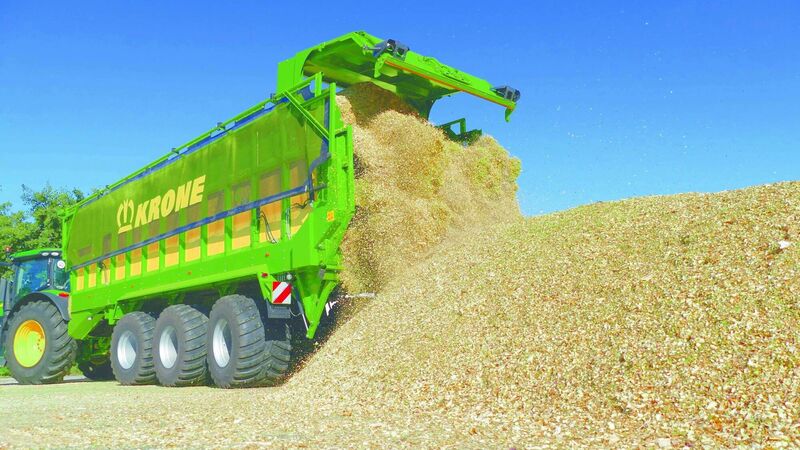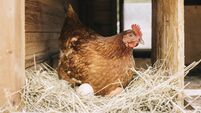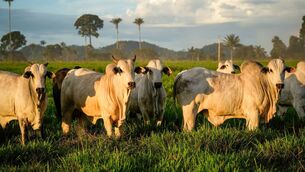New agri-machinery innovations pick up awards ahead of Agritechnica

Krone ExactUnload picked up a silver medal.
Despite being delayed several months due to the continuing Covid-19 crisis, the world’s biggest farm machinery show, Agritechnica’s, traditional medals for new innovations have been awarded.
Originally scheduled for November 2021 in Hanover, Germany, the biennial show has now been postponed to February 27-March 5, 2022.










